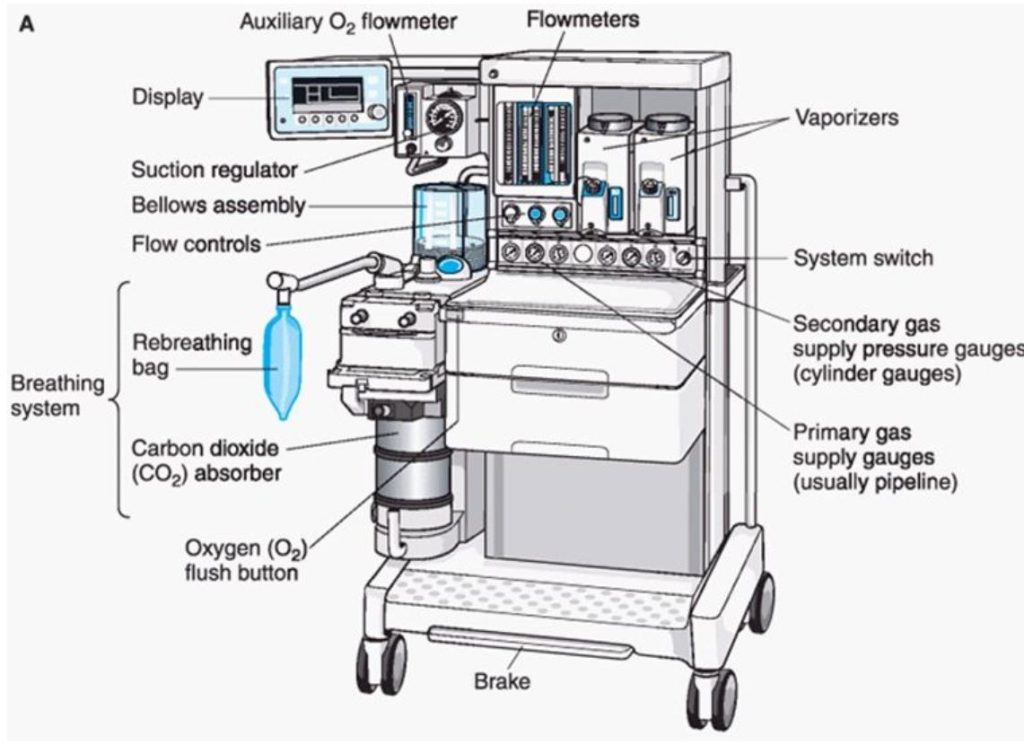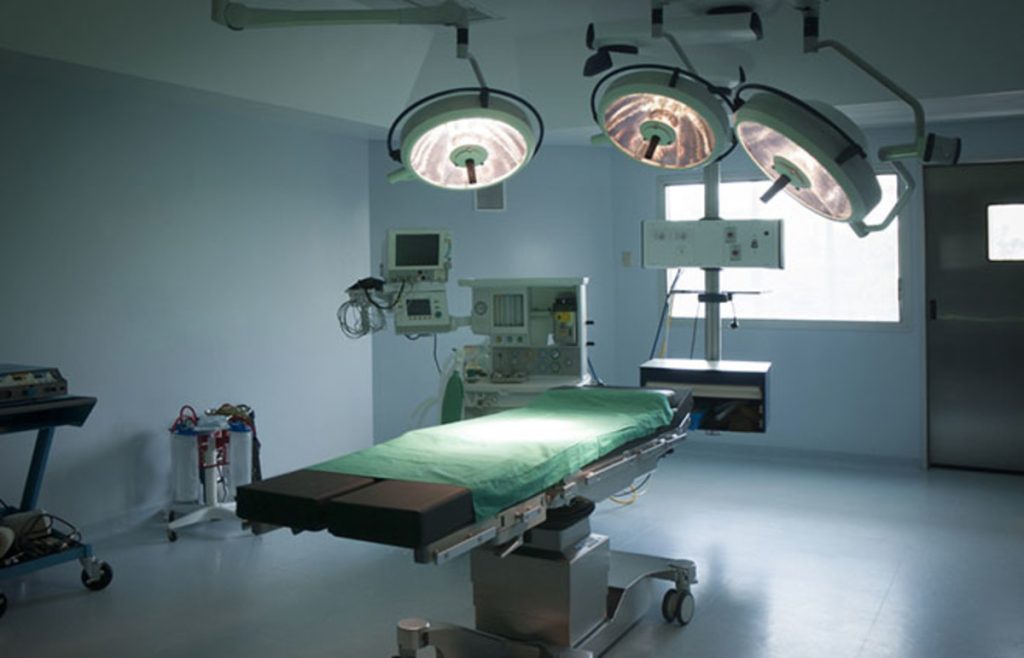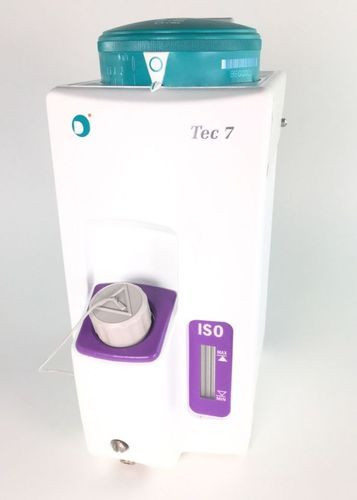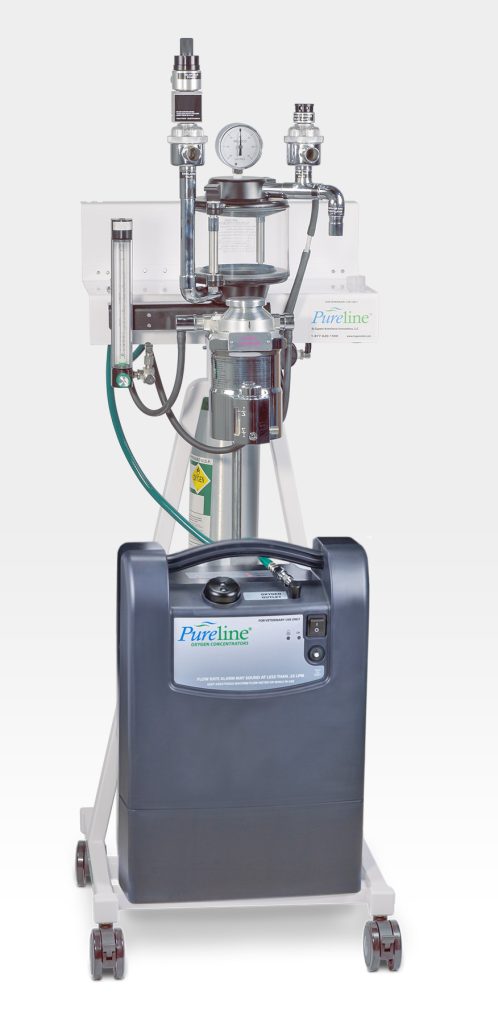What are valves?
Valves are devices that control the flow of fluids (liquids, gases, or slurries) by opening, closing, or partially obstructing them. Valves are typically classified according to their function: on/off valves allow fluid to flow in only one direction and block it in the other; throttling valves allow fluid to flow in both directions but restrict or regulate its flow; check valves prevent fluid from flowing backwards; and relief valves open at a predetermined pressure to release excess fluid.
What is the purpose of valves in an anesthesia machine?
Valves are an important part of an anesthesia machine. They help to control the flow of gases and keep the patient’s airway clear. There are three main types of valves:
1. Relief valves: These valves are used to relieve pressure in the system and prevent damage to the machine.
2. Flow control valves: These valves help to regulate the flow of gases and keep them at a safe level for the patient.
3. Check valves: These valves prevent room air from entering the machine and contaminating the anesthesia gases.
What are the different types of valves?
There are many different types of valves, each with its own specific purpose. Some of the most common types of valves include:
Ball valves: A ball valve is a type of valve that uses a ball to control the flow of fluid through it. The ball is usually connected to a handle that can be turned to open or close the valve.
Gate valves: A gate valve is a type of valve that controls the flow of fluid by opening or closing a gate that blocks the path of the fluid.
Globe valves: A globe valve is a type of valve that controls the flow of fluid by regulating the opening and closing of a globe-shaped disk that blocks the path of the fluid.
Butterfly valves: A butterfly valve is a type of valve that controls the flow of fluid by regulating the opening and closing of a butterfly-shaped disk that blocks the path o
Which valve is most likely to allow room air to enter an anesthesia machine?
The most likely valve to allow room air to enter an anesthesia machine is the fresh gas flow control valve. This valve is responsible for controlling the flow of fresh gas into the machine, and if it is not properly sealed, room air can leak in.
How can room air entering an anesthesia machine be dangerous?
Room air can enter the anesthesia machine through various valves and fittings. If not properly monitored, this can lead to a decrease in the quality of the anesthesia, and potentially dangerous consequences for the patient.
What are some other potential problems that can occur if valves are not functioning properly in an anesthesia machine?
1. If the oxygen valve is not functioning properly, it could allow room air to enter the machine, which could potentially result in patient hypoxia.
2. If the anesthetic gas valves are not functioning properly, it could allow anesthetic gases to escape into the room, which could potentially result in patient awareness or other serious complications.
3. If the carbon dioxide absorbent canister valve is not functioning properly, it could allow carbon dioxide to build up in the machine, which could potentially result in patient respiratory distress or even death.
How can valves be properly maintained to avoid problems?
There are many different types of valves used in various industries, each with their own specific purpose. However, all valves have one common goal: to control the flow of fluids. Valves can be manual or automatic, and they come in a variety of shapes and sizes. While most valves are designed to last for many years, they will eventually need to be replaced or repaired.
To ensure that your valves are always in good working order, it is important to regularly inspect them and perform any necessary maintenance. Depending on the type of valve, this may involve lubricating moving parts, tightening bolts or screws, or replacing worn seals. By taking care of your valves, you can avoid costly repairs or replacements down the road.

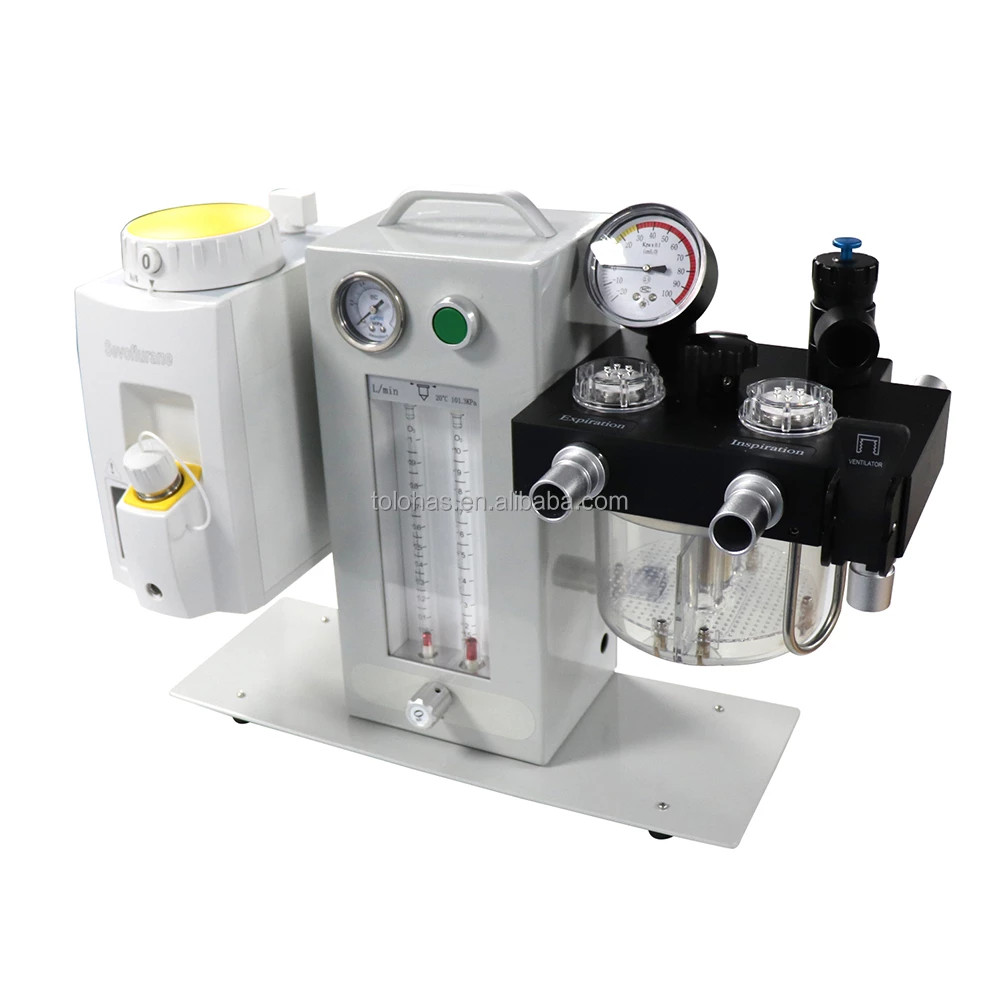
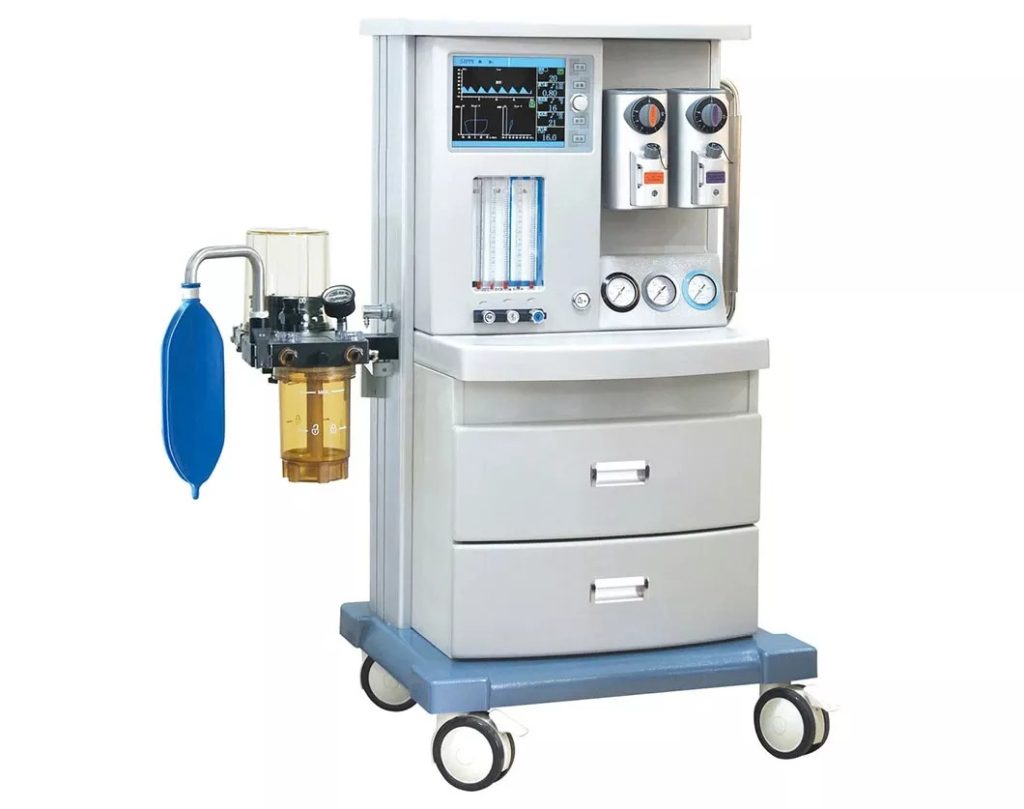
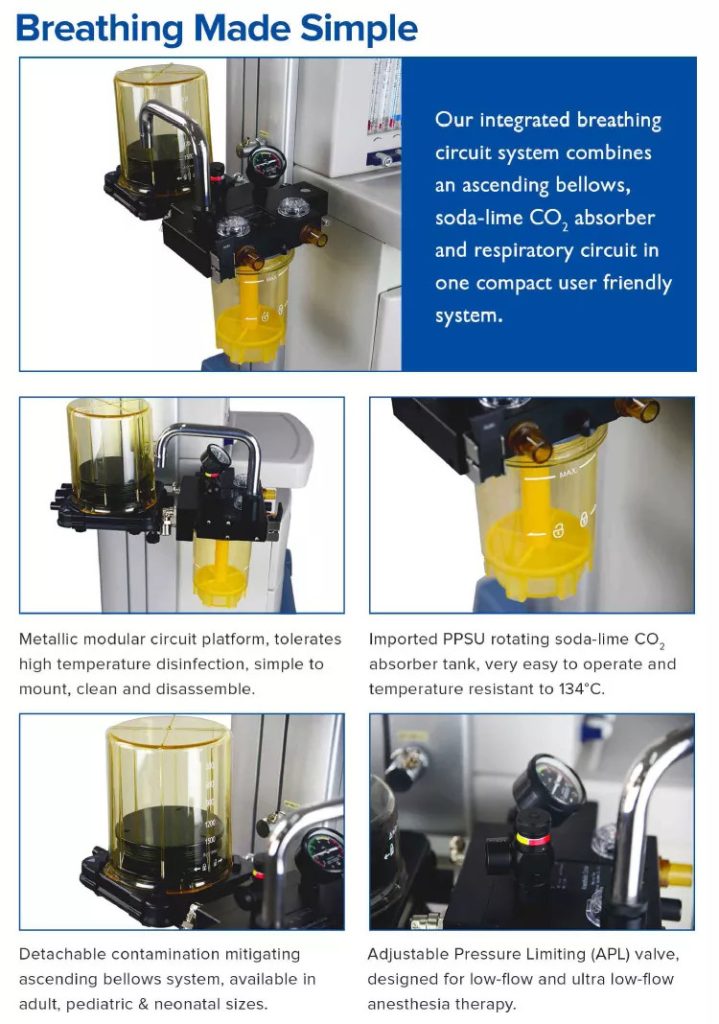
![The [Complete] Guide to Buying Anesthesia Machines](https://www.anesthesia-news.com/wp-content/uploads/2022/08/anesthesiamachine3.jpg)

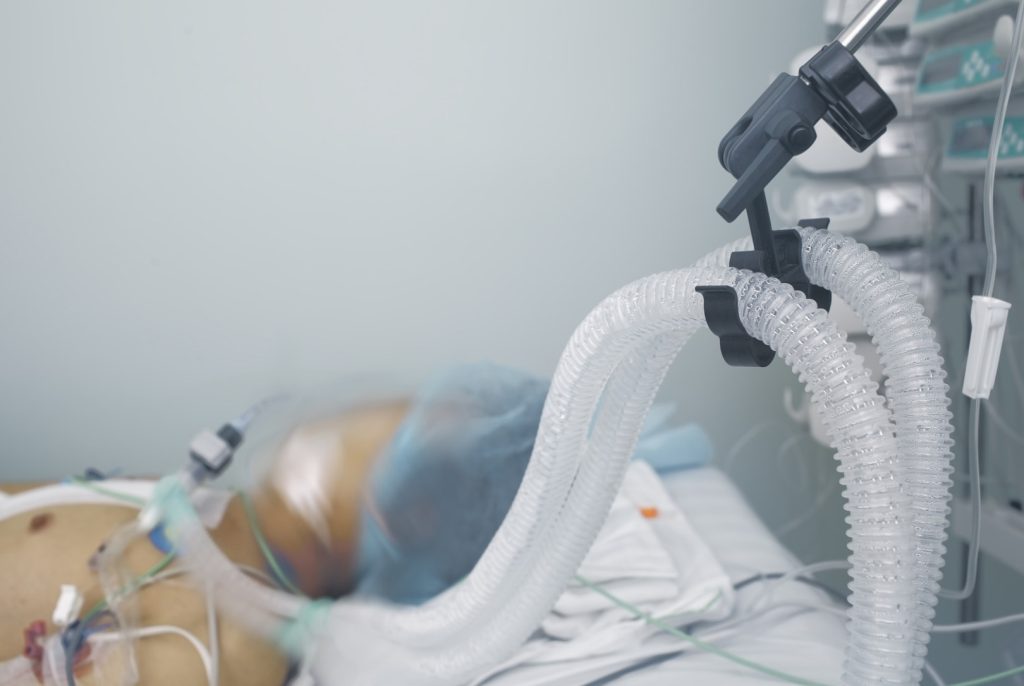
![How to Find the [PEEP Valve] on an Anesthesia Machine](https://www.anesthesia-news.com/wp-content/uploads/2022/09/peep-valve.jpg)
